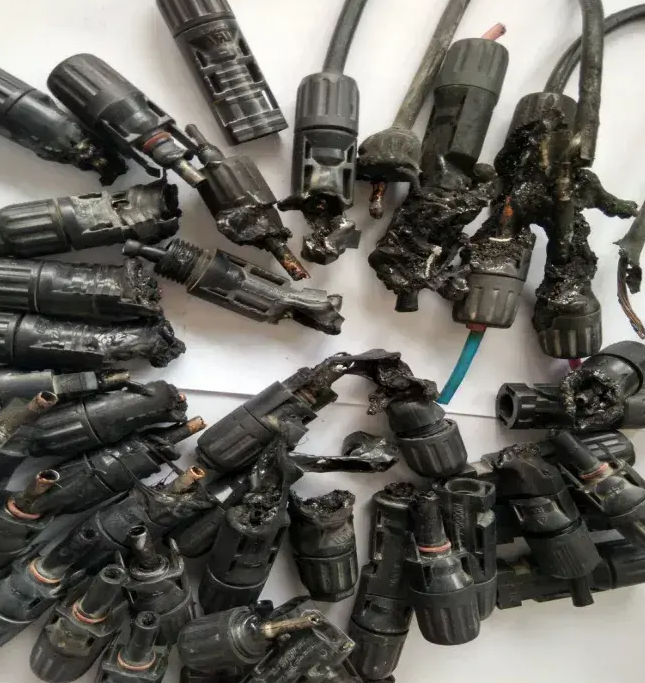1. Performance requirements of photovoltaic connectors and solar wire connector
Then what are the performance requirements of photovoltaic connectors?
First, the photovoltaic connector should conduct electricity properly, and the contact resistance should not be greater than 0.35 mm.
Second, it is necessary to have sufficient safety performance, so as to ensure the safety performance of solar cell modules. The environment and climate used by solar equipment will occasionally be in extremely bad weather and environment, so it should have waterproof, anti-extreme temperature, anti-corrosion, strong insulation and other performance, and the protection level should reach IP68.
Third, the structure of the solar connector should be firm and reliable, and the correct insertion of the male and female connectors should not be inferior than 80N. For the MC4 connector connected to a 4mm² cable, the temperature must not exceed the upper limit of 105 degrees when carrying 39A current. The MC4/ H4 connector is a single-core connector with male and female heads, which has numerous advantages such as excellent sealing, convenient plug, easy repair and maintenance.
2. Precautions for photovoltaic connector installation
The selection of plugs should pay attention to product quality, including the size of the internal metal conductor compliance, material thickness, elasticity and coating should meet the ability to bear large current and excellent contact, plug shell plastic to ensure smooth surface without cracks, interface seal. When installing component connectors, avoid exposure to sunlight or rain. This may cause aging of connectors, corrosion of internal connectors, and cables, increase contact resistance, or even spark, decrease system efficiency, or cause fire accidents.
Crimping is the most critical part in the installation of photovoltaic connectors. Professional crimping tools should be used. Before the construction of the photovoltaic power station, the installation personnel should be trained on the crimping operation.

With the development of photovoltaic cell technology, the capacity of a single photovoltaic module is getting larger and larger, and the series current is also gradually increasing. Although the current carrying capacity of the MC4/ H4 connector is theoretically sufficient to meet the requirements of these large-capacity modules, due to various reasons, in recent years, there have been more and more accidents of connectors melting, burning or even causing the burning of converters and inverters in numerous photovoltaic power stations.
As we all understand, in a 100kWp scale photovoltaic power station, there are normally 600-1000 such connectors. Their contact resistance and alternative working conditions are extremely critical for the normal operation of the photovoltaic power station. The poor working state of the connector may affect the increase of DC side internal resistance, which leads to the decrease of power generation efficiency, or the poor contact may cause the connector to heat up or even burn the connector, which leads to the burning of the confluent box and inverter (Figure 7), or even lead to the occurrence of a large area of fire.
Bottom line: Component connectors, connector plug-ins connected to the confluence box and cluster inverters are fault prone areas. Although the connector is tiny, it is extremely valuable in the photovoltaic power generation system. Especially in the operation and maintenance process after the completion of the power station, we should pay attention to its running state, and check the heating phenomenon of the connecting plug regularly to ensure that there is no abnormality and normal operation.